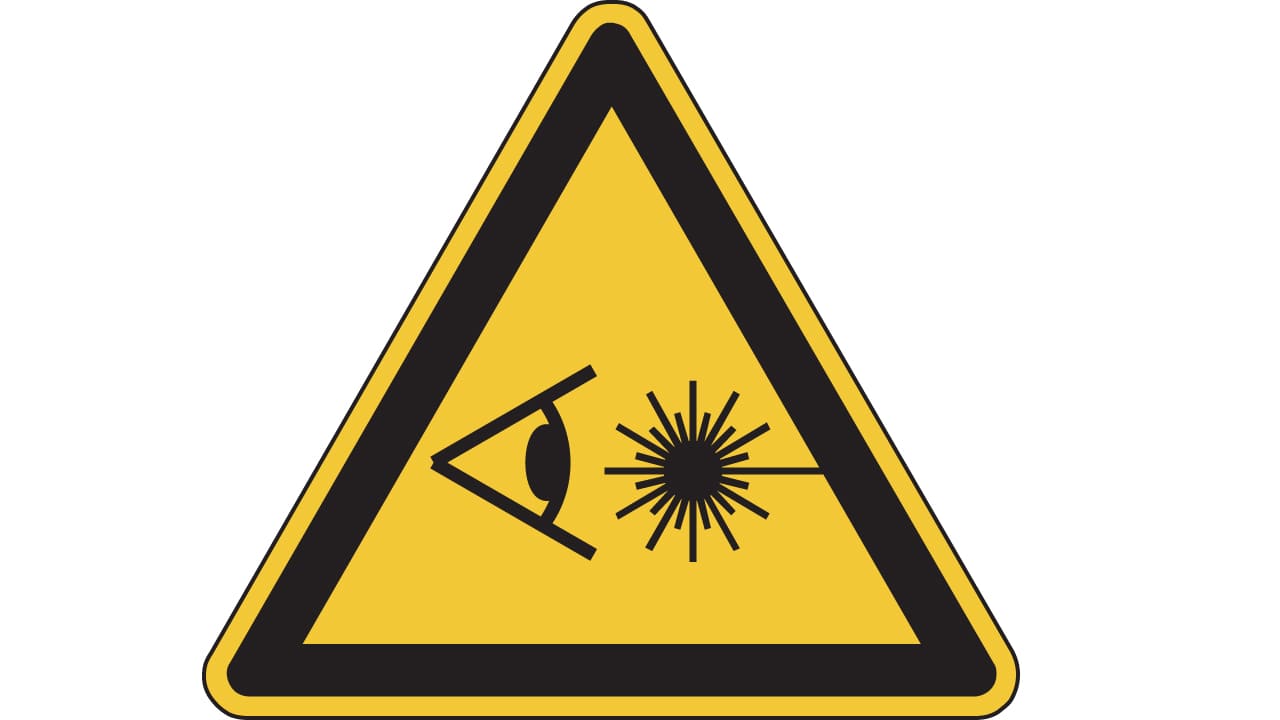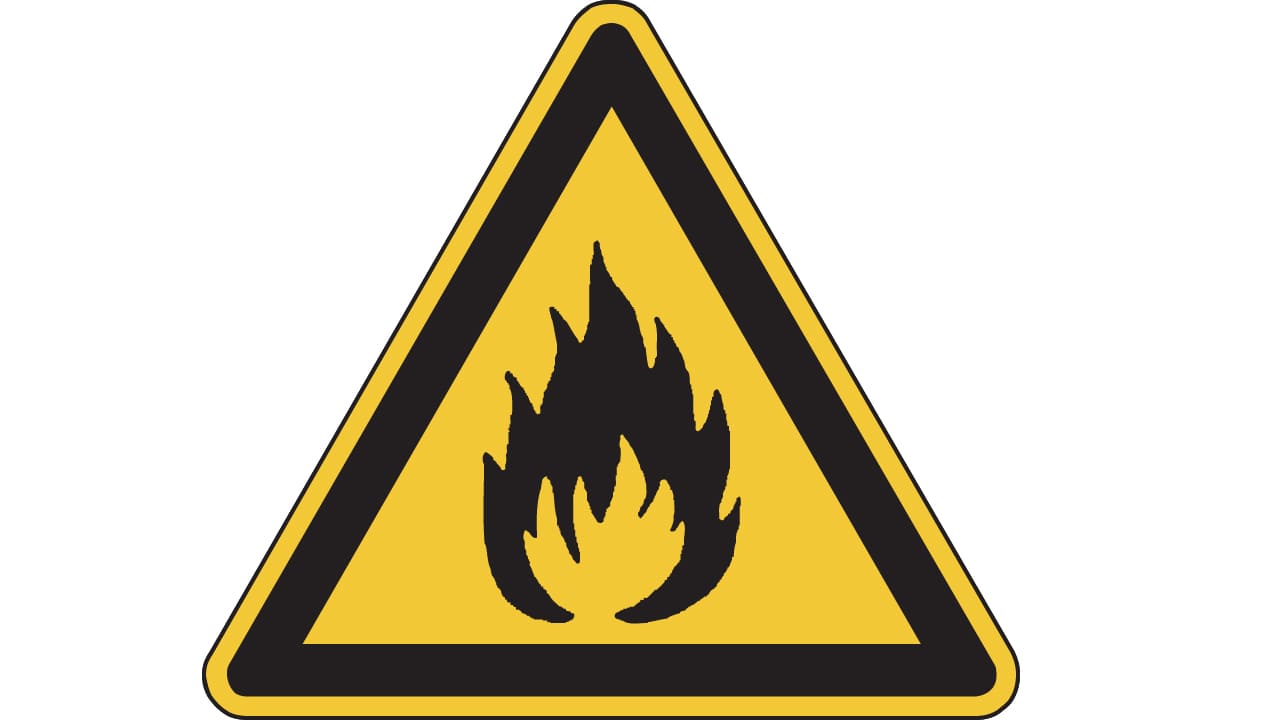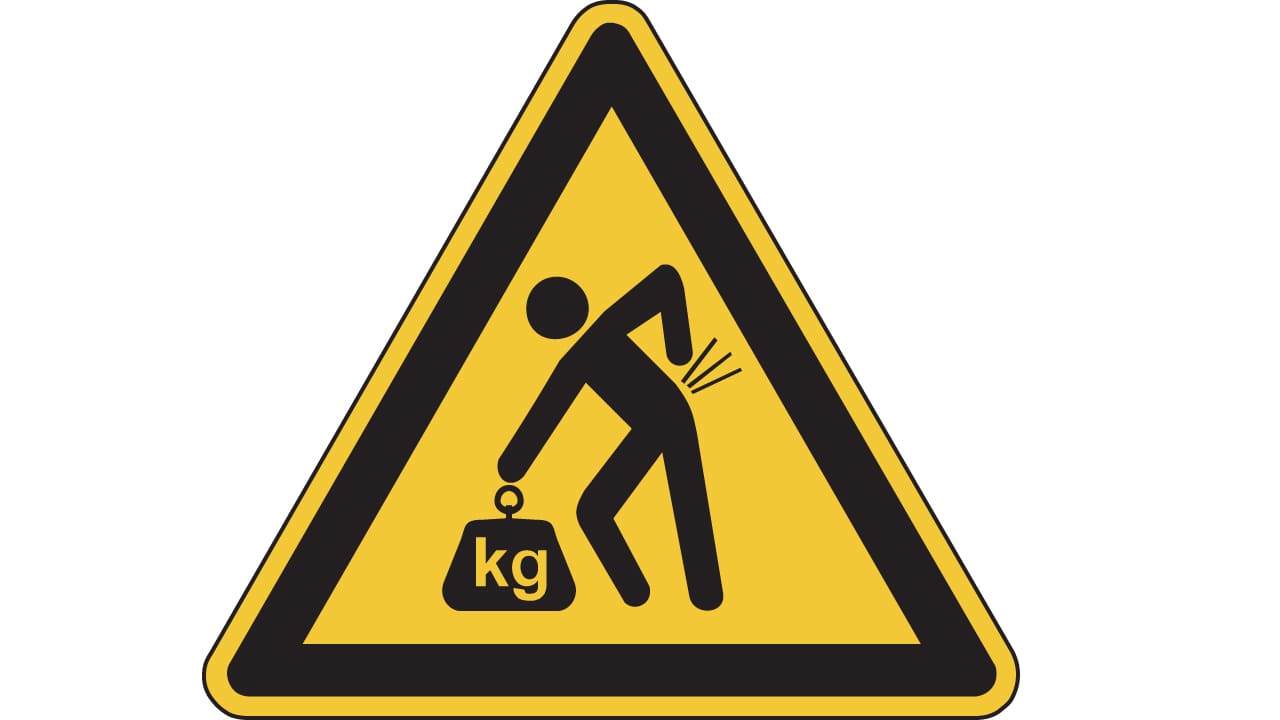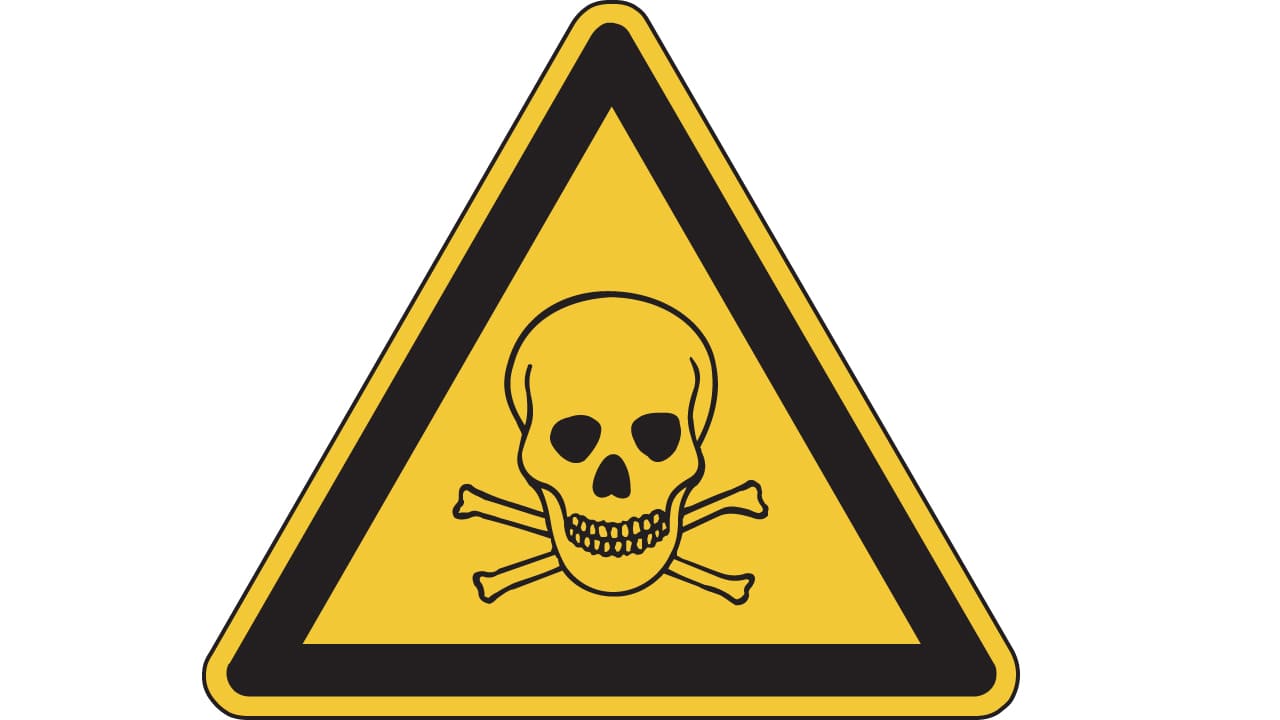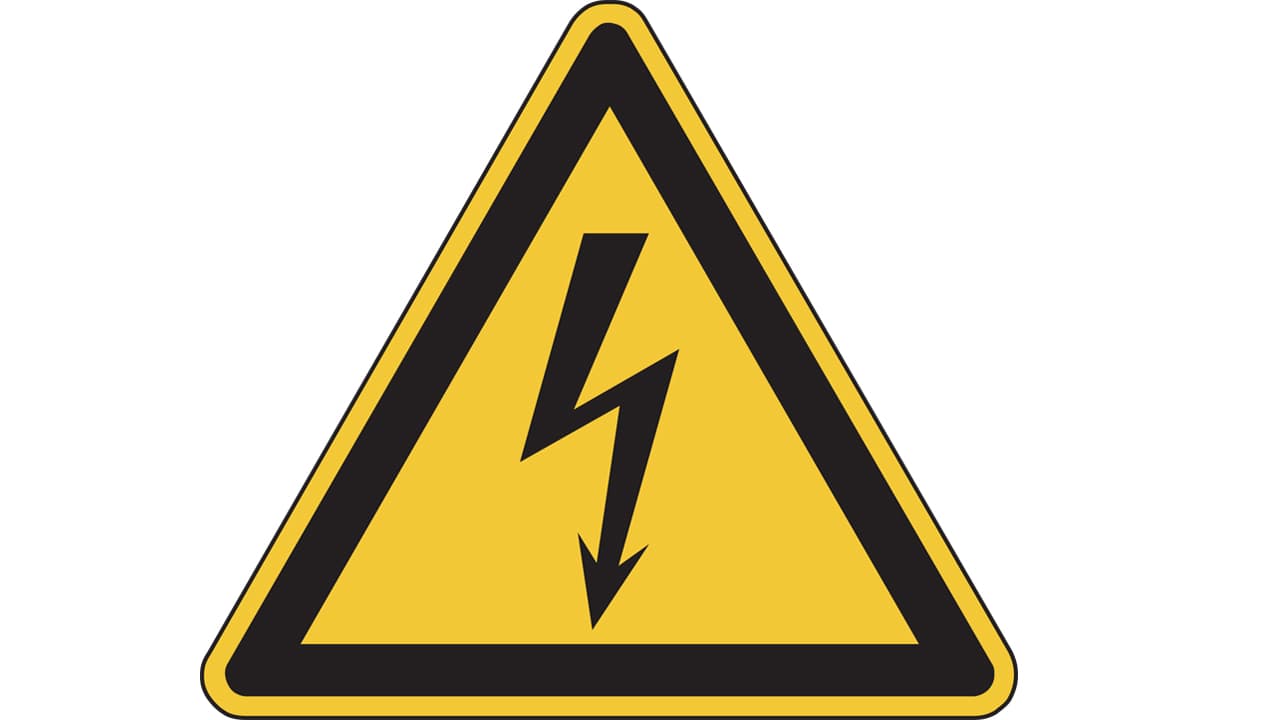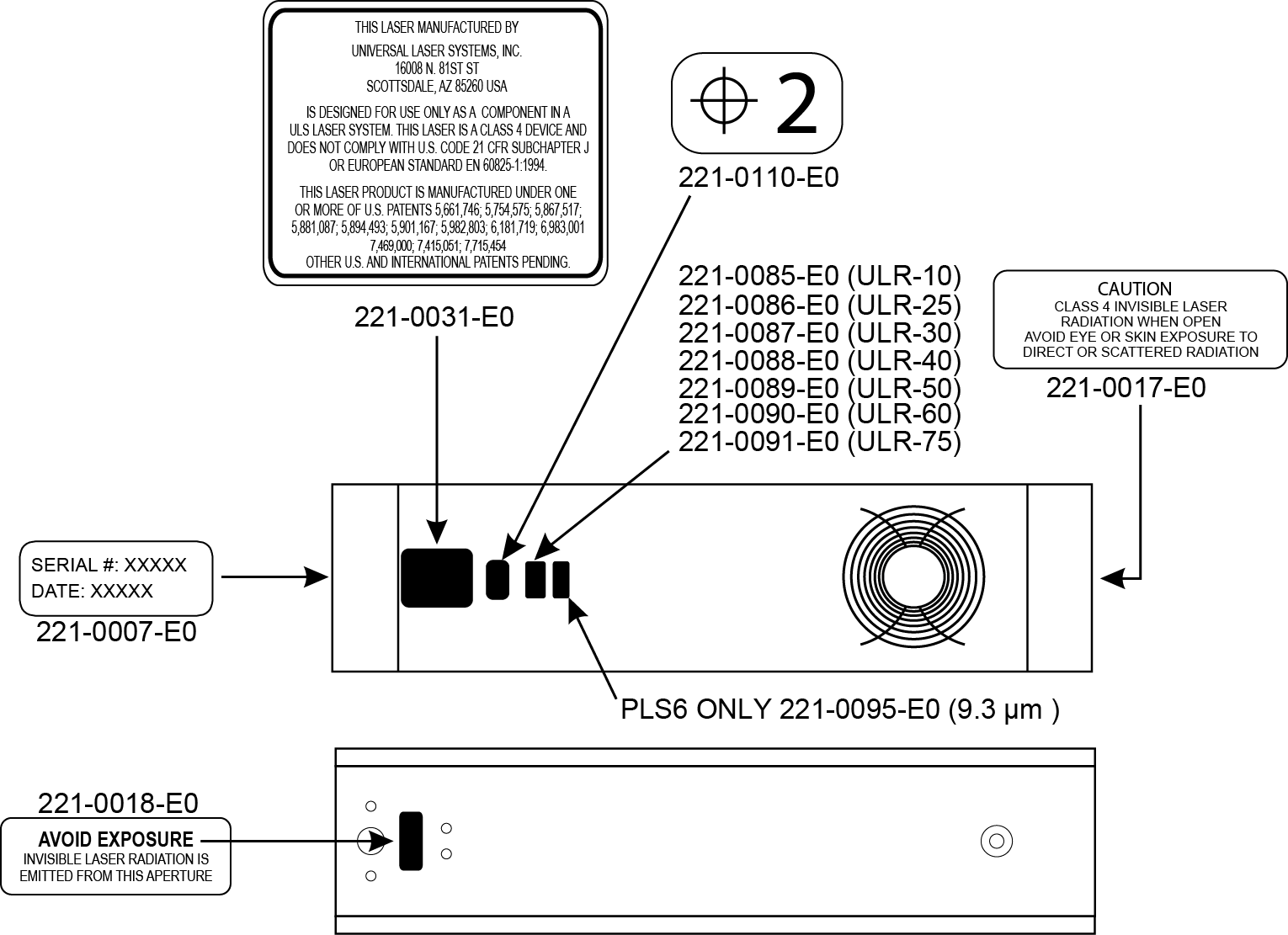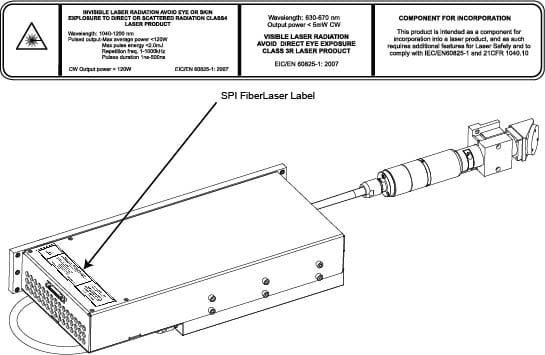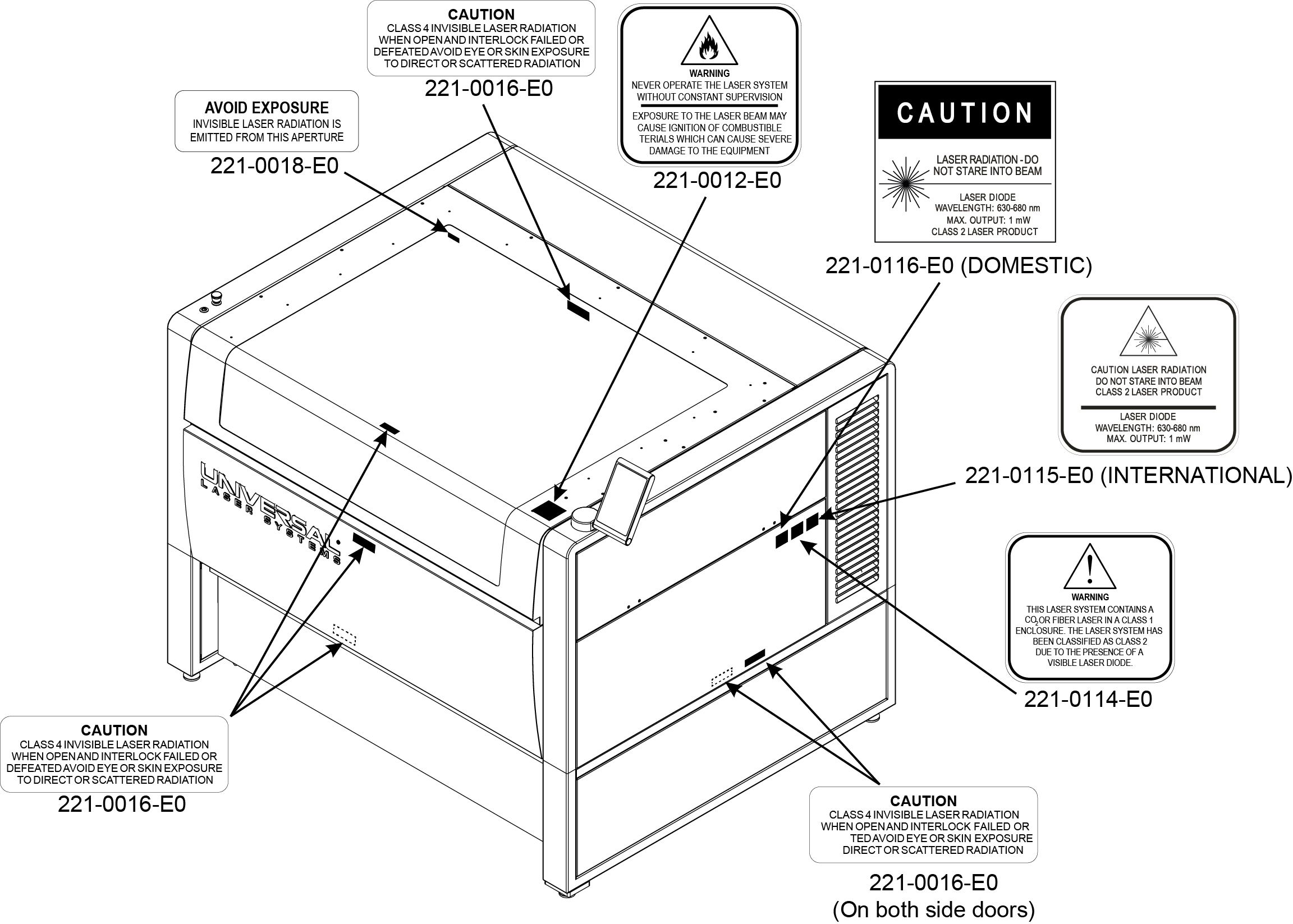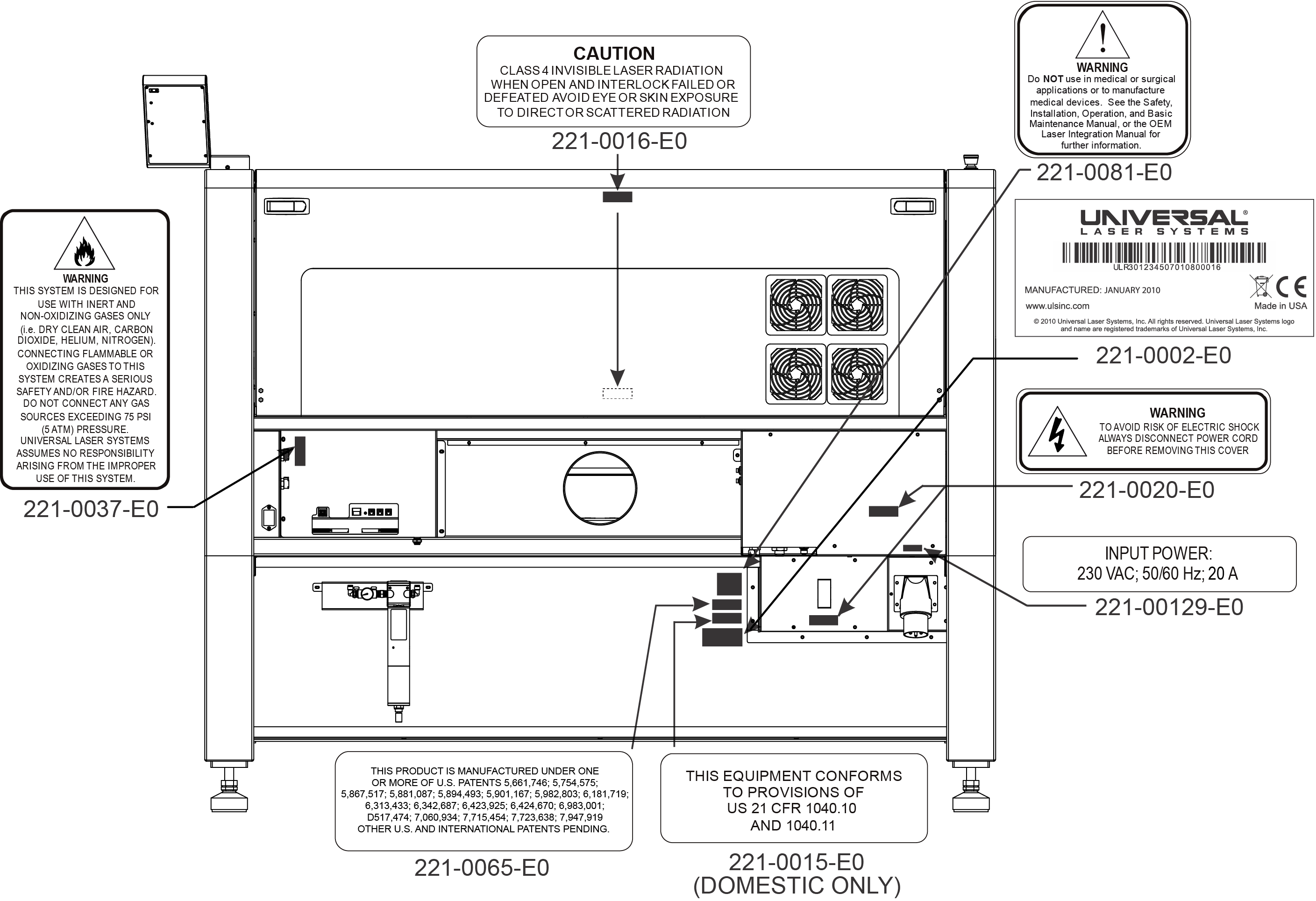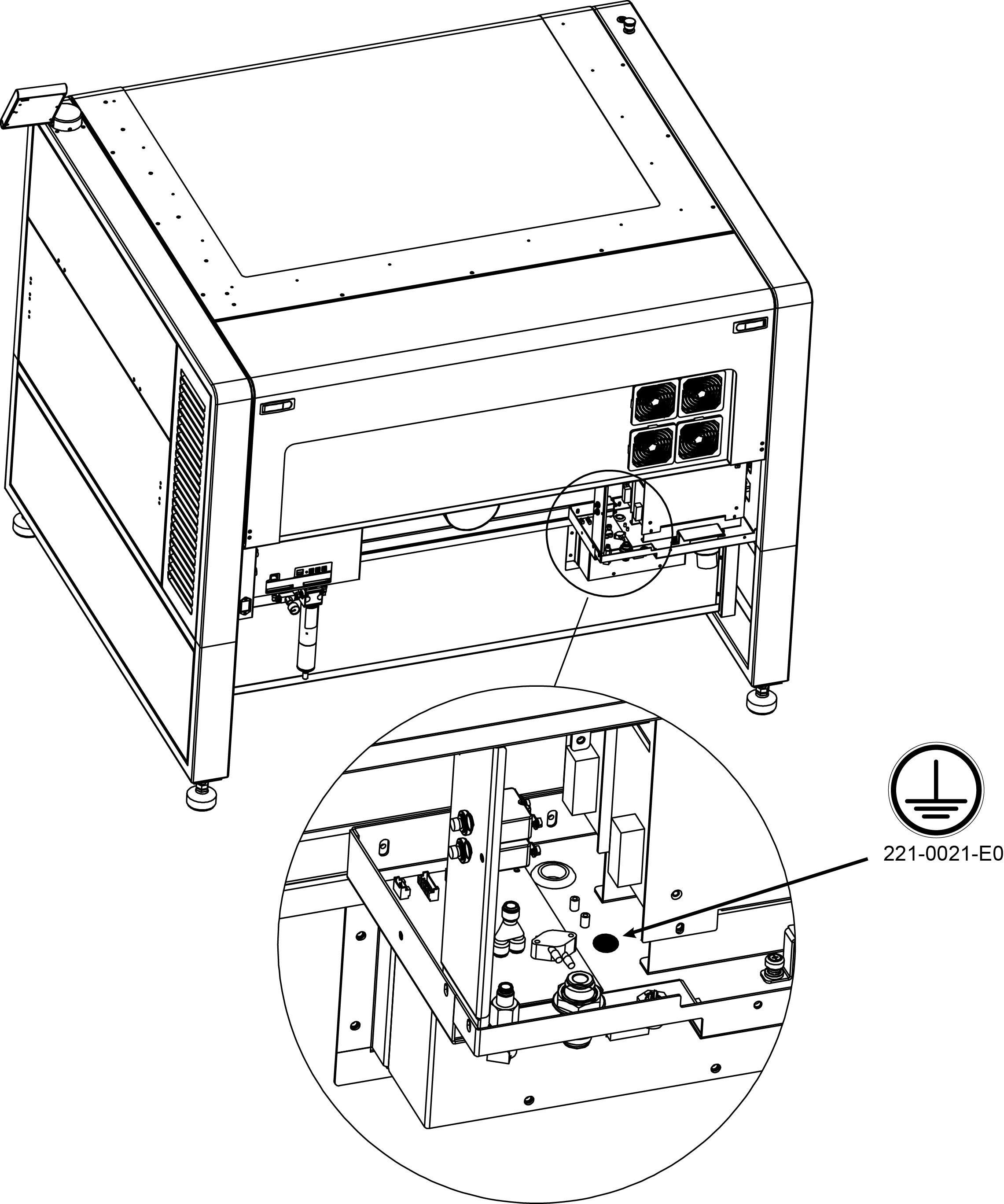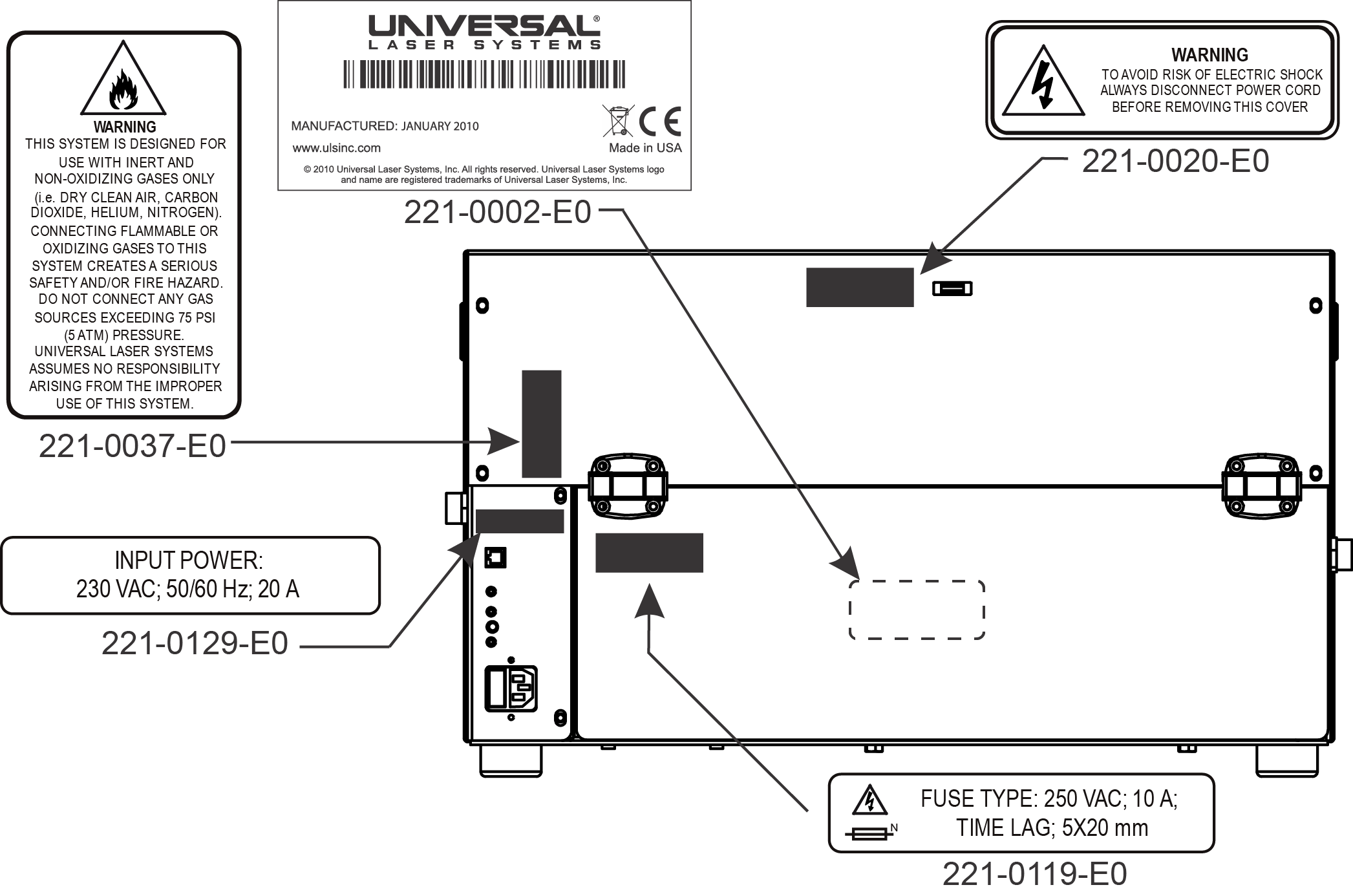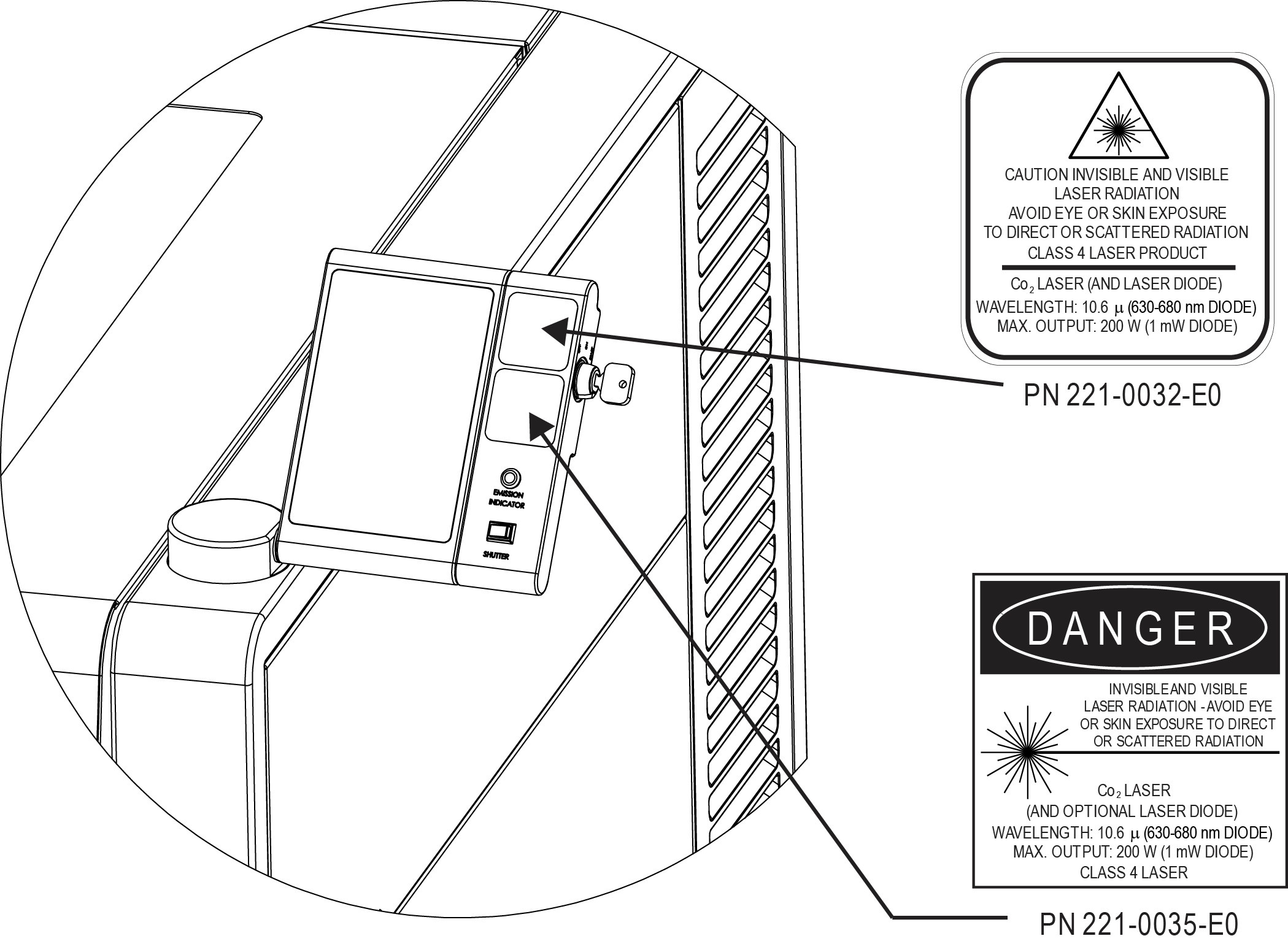Product Identification: All ULS Laser Systems
Manufacturer
Universal Laser Systems
16008 N. 81st St.
Scottsdale, AZ 85260
USA
Authorized Representative
Universal Laser Systems GmbH
Lerchenfelder Guertel 43
A-1160 Vienna
Austria
The manufacturer hereby declares that the equipment specified below is in conformity with the following directives based on the standards listed below:
2004/108/EEC (EMC Directive)
2006/95/EEC (Low Voltage Directive)
2006/42/EEC (Machinery Directive)
2011/65/EU (RoHS2 Directive)
2012/19/EU (WEEE Directive)
Standards Used
Safety
EN 60950: 2002
EN 60825-1: 2014 (Class 2)
EMC
EN 55024 2010 (Class A)
EN 55022: 2010 (Class A)
EN 61000-3-2: 2006 (Class A)
EN 61000-3-3: 2008
EN 61000-4-2: 2008 (4kV CD, 8kV AD)
EN 61000-4-3: 2006 (3 or 10 V/m)
EN 61000-4-4: 2012 (1 or 2 kV power line)
EN 61000-4-5: 2014 (Class 3)
EN 61000-4-6: 2013 (3 or 10 Vrms)
EN 61000-4-8: 2009
EN 61000-4-11: 2004
Note: This is not a declaration of conformity. The importer of this equipment supplies the declaration of conformity.


